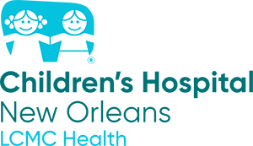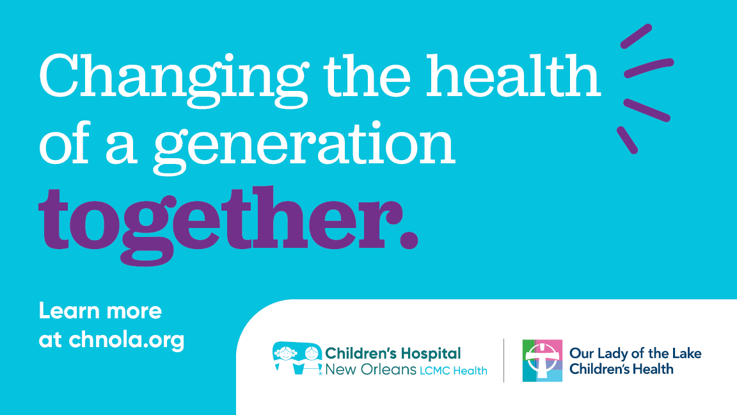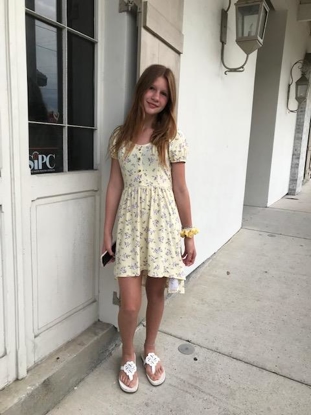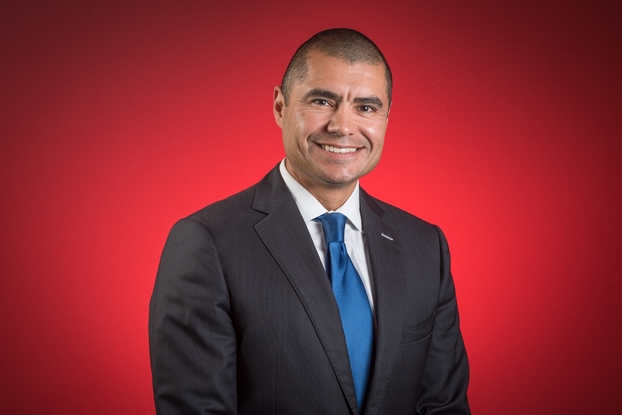Noah’s story: a groundbreaking treatment for hemophilia opens doors for families
- Category: Patient Stories
- Posted on:

Meet Noah, a bright and bubbly 4-year-old boy who loves to make everyone around him laugh. His mother, Monica, describes him as outgoing and silly, and when he is not busy playing soccer or basketball, he’s trying to keep up with his 8-year-old brother, Isaiah.
“He just started school and he’s soaking up everything,” his mother said. “It has been so great watching him learn new things and make friends.”
 For Monica, seeing her little boy experience a normal childhood is not something she takes for granted. Noah has hemophilia B, a rare bleeding disorder in which affected individuals do not make enough factor IX, a blood protein that helps the blood form clots to stop bleeding. Individuals who have hemophilia B are at risk of losing excessive amounts blood from tiny scrapes and small wounds, because factor IX is critical for sealing wounds and helping them heal. There are two main types of hemophilia: hemophilia A, which is the most common and caused by a lack of clotting factor VIII, and the less common hemophilia B.
For Monica, seeing her little boy experience a normal childhood is not something she takes for granted. Noah has hemophilia B, a rare bleeding disorder in which affected individuals do not make enough factor IX, a blood protein that helps the blood form clots to stop bleeding. Individuals who have hemophilia B are at risk of losing excessive amounts blood from tiny scrapes and small wounds, because factor IX is critical for sealing wounds and helping them heal. There are two main types of hemophilia: hemophilia A, which is the most common and caused by a lack of clotting factor VIII, and the less common hemophilia B.
When Noah was a baby, he would develop strange bruising that persisted for weeks. His parents didn’t know of his diagnosis at the time, but they would bring up their concerns at every checkup.
“He would have bruises all around his ankles just from crawling, and his chest would be bruised from pulling himself up to a table,” Monica recalled.
By the time he turned 1, he was referred to Children’s Hospital New Orleans for comprehensive testing and placed under the care of Dr. Maria Velez, MD, pediatric hematologist and oncologist at Children’s Hospital New Orleans
“They did a complete workup and a bunch of different tests,” Monica said. “After that, we finally had a diagnosis—hemophilia B—and we were told he was on the severe side of the spectrum of this disorder.”
Hemophilia is a genetic disease. The gene that causes hemophilia is recessive and carried by the mother, which means that in Monica’s case, her sons each had a 50% chance of getting the gene that causes hemophilia. After Noah’s diagnosis, the family had his older brother tested, and he was found to not be a carrier of the gene.
“It was really a shock to all of us. I don’t have any siblings, so we had no family history that could have indicated this was possible,” Monica said.
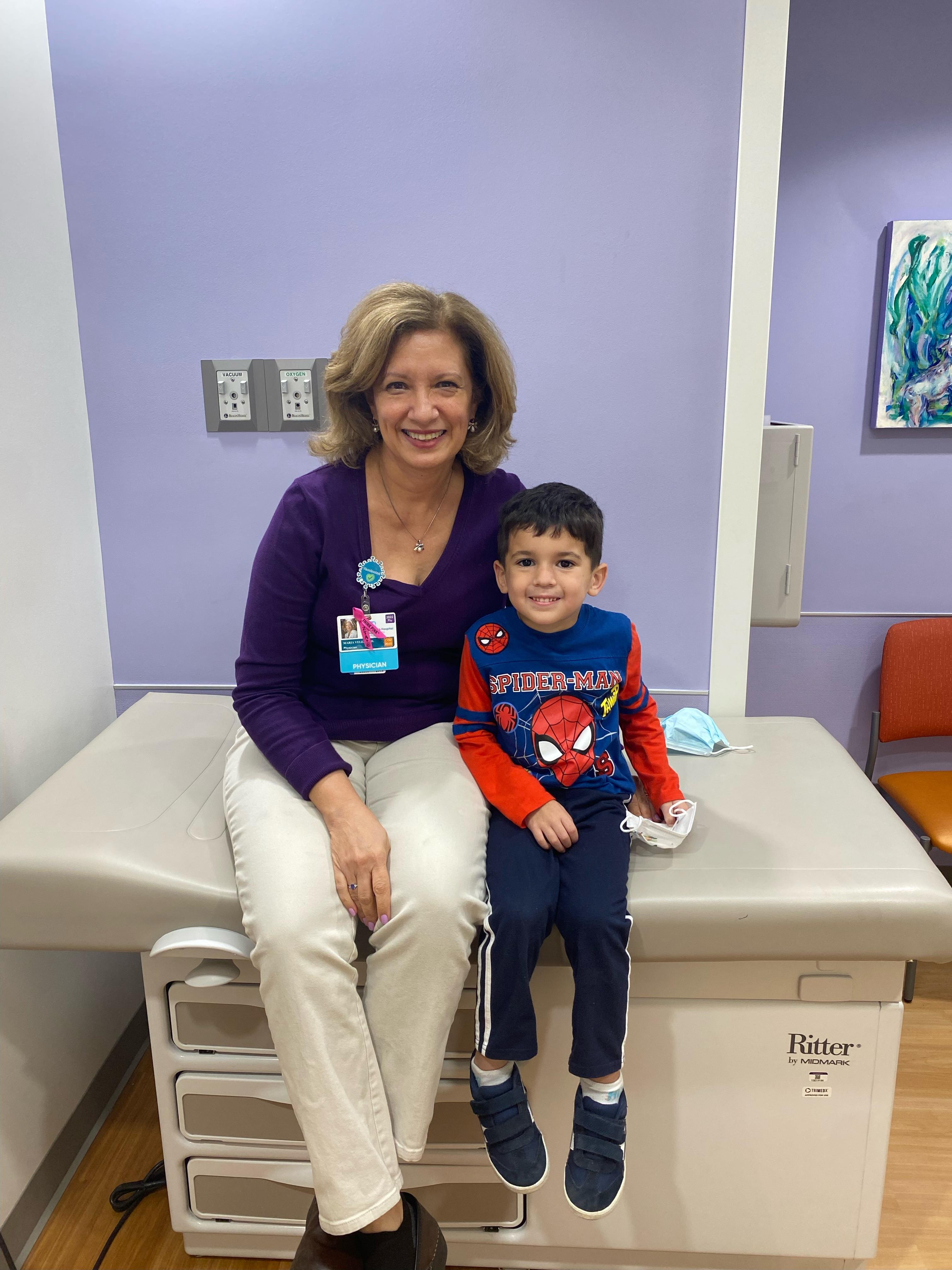 Because Noah’s condition was severe, he qualified for a study in which he could take a new drug developed by Novo Nordisk called N9-GP (nonacog beta pegol), now licensed under the brand name Rebinyn. The drug works by replacing the missing factor IX molecule in the bloodstream. What sets this drug apart from other treatments targeting hemophilia B is that it only needs to be administered once a week, rather than three to four times a week.
Because Noah’s condition was severe, he qualified for a study in which he could take a new drug developed by Novo Nordisk called N9-GP (nonacog beta pegol), now licensed under the brand name Rebinyn. The drug works by replacing the missing factor IX molecule in the bloodstream. What sets this drug apart from other treatments targeting hemophilia B is that it only needs to be administered once a week, rather than three to four times a week.
“This drug is groundbreaking in that it really expands options for families,” said Dr. Velez. “Since treatment for hemophilia is administered intravenously, it often needs to happen in a hospital setting, and the schedule can be extremely disruptive for our patients and families, especially if they are coming in every other day or so for the IV. So far, we are seeing excellent results and the feedback has been overwhelmingly positive. Patients like Noah are getting opportunities to do things that seemed prohibitive before.”
Noah needed to receive the first 20 doses at Children’s Hospital New Orleans, which is approximately 50 miles from the family’s home in Houma, LA. Although it was a long journey each week, the clinical team needed to monitor Noah for an hour after each dose administration to ensure he was tolerating the medicine and didn’t have any unexpected reaction.
After those initial doses, however, the team worked with the family so that they could administer Noah’s medication at home.
“We have come a long way through all of this, but the staff at Children’s Hospital New Orleans have been like angels,” Monica said. “They always explain everything to us and support us and have helped us through each different phase of this journey. They taught us how to advocate for ourselves and they are always a phone call away. We still continue to go there for follow-up appointments and the staff have really become like a part of our family.”
Monica said that she will forever be grated for their hematology-oncology navigator and Dr. Velez for their ongoing support and guidance.
 “Dr. Velez really helped us understand that this isn’t the end to anything, that he was going to be able to have a normal life,” Monica said. “She really reassured us that everything was going to be okay and she has been a big advocate for him being able to do everything any other little boy would do. She has been such a constant for us and it’s really sweet to see them interact. Noah always looks forward to seeing her.”
“Dr. Velez really helped us understand that this isn’t the end to anything, that he was going to be able to have a normal life,” Monica said. “She really reassured us that everything was going to be okay and she has been a big advocate for him being able to do everything any other little boy would do. She has been such a constant for us and it’s really sweet to see them interact. Noah always looks forward to seeing her.”
Although Noah has spent much of his young life in doctor’s offices, he continues to be a happy-go-lucky and cheerful child. After two years, he is still tolerating the medication well, which has been effective in replacing the missing clotting factor in his blood.
“We can definitely tell a difference between now and before he started this medication,” Monica said. “By the end of the week, blood tests show there is still factor IX left in his body, so it is definitely doing its job and allowing him to have a normal life. We still have to be cautious, but we can also breathe a sigh of relief and just let him be a little boy.”
To learn more about the Children’s Hospital New Orleans Center for Cancer and Blood Disorders, visit https://www.chnola.org/our-services/hematology-oncology/.
